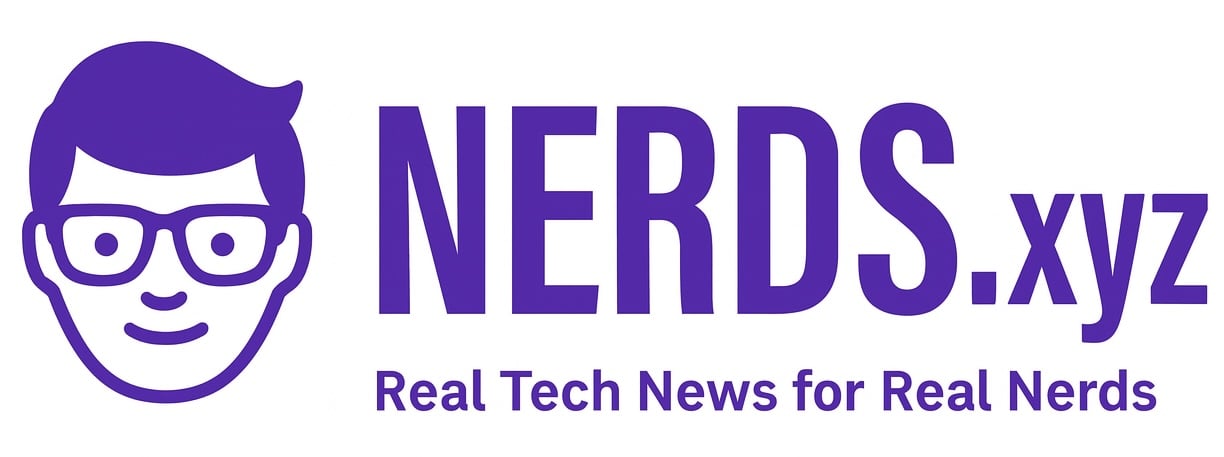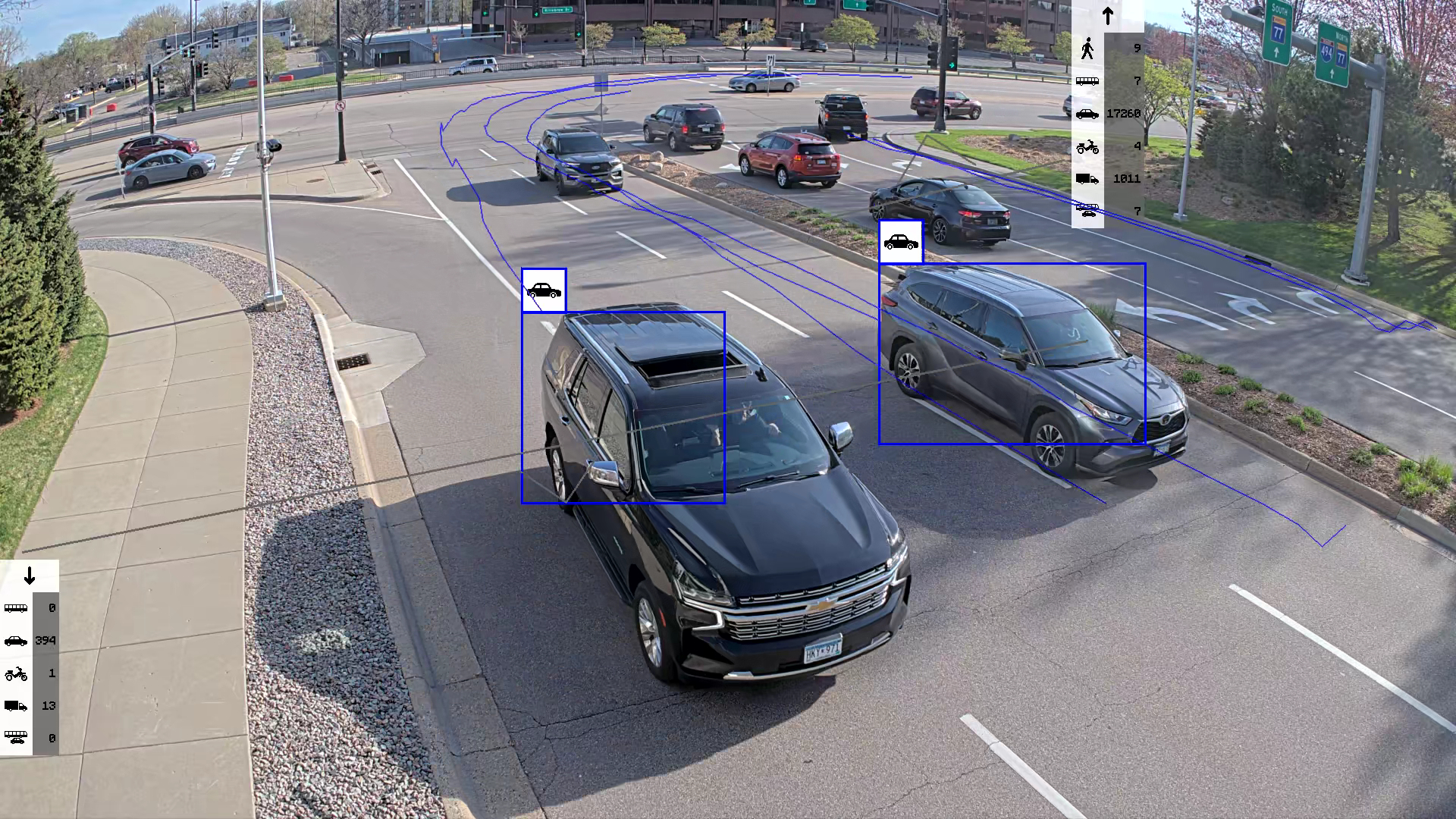
The Mall of America, the largest shopping and entertainment complex in North America, is using artificial intelligence to manage traffic, boost security, and streamline staffing. The Minnesota-based retail giant has expanded its partnership with Axis Communications, bringing AI-powered car-counting cameras to more than a dozen key locations across its massive property.
Standing at 5.6 million square feet and hosting over 32 million visitors annually, MOA faces huge logistical challenges. From concerts to food festivals, it holds more than 300 events every year. Coordinating parking, staffing, and security for those events is no small task. That’s where Axis’ AI video analytics come in.
According to Aaron Nielsen, Vice President of Information Technology at MOA, their old system couldn’t keep up. “We needed technology that could keep pace with our evolving needs and make sure our security team could focus on the highest-priority tasks,” he explained. Midwestern weather was part of the problem. Snow and rain impacted camera reliability. The new AI-driven system solved that.
The initial test camera was placed on a light pole with limited access to power and network infrastructure. Despite the harsh environment, it delivered over 99 percent accuracy. After some adjustments, the performance improved even further. That early success led to rapid expansion across the mall’s sprawling grounds.
These cameras do more than just count cars. They use line-crossing analytics to determine if a vehicle is entering the property or just passing by. That data helps mall staff make better decisions about scheduling, crowd control, and even adjusting mall hours.
Beyond analytics, Axis cameras also support security operations. They’re paired with network speakers in restricted areas to deter intruders and send alerts to the dispatch center. What used to require ladders, lifts, and a crew of technicians can now be handled from a desktop. Non-technical staff can make adjustments or analyze results without ever leaving the office.
Employee safety was another reason for the upgrade. During Minnesota winters, the ability to manage devices remotely matters. The shift to AI cameras has reduced risk and increased efficiency for staff across the board.
James Stark, Segment Development Manager for Retail at Axis Communications, said MOA challenged them to deliver more than just hardware. “We’re honored to be part of their forward-looking approach to safety and operational intelligence,” he said. The system is designed to scale as the mall evolves.
Looking ahead, Mall of America plans to expand its use of AI even further. Possibilities include people counting, license plate recognition, and using analytics to distinguish hotel guests from everyday shoppers. That data could give MOA a clearer picture of how different parts of the property are used.
This isn’t just a story about mall management. It’s about how physical spaces are quietly becoming smarter using AI, without the flash of robots or talking assistants. Whether or not you’re comfortable with the level of surveillance involved, there’s no denying that AI is already shaping the places we visit every day.
The rollout is ongoing, and it’s clear that Mall of America isn’t just adopting new tech for show. It’s using artificial intelligence to solve real problems at scale.


